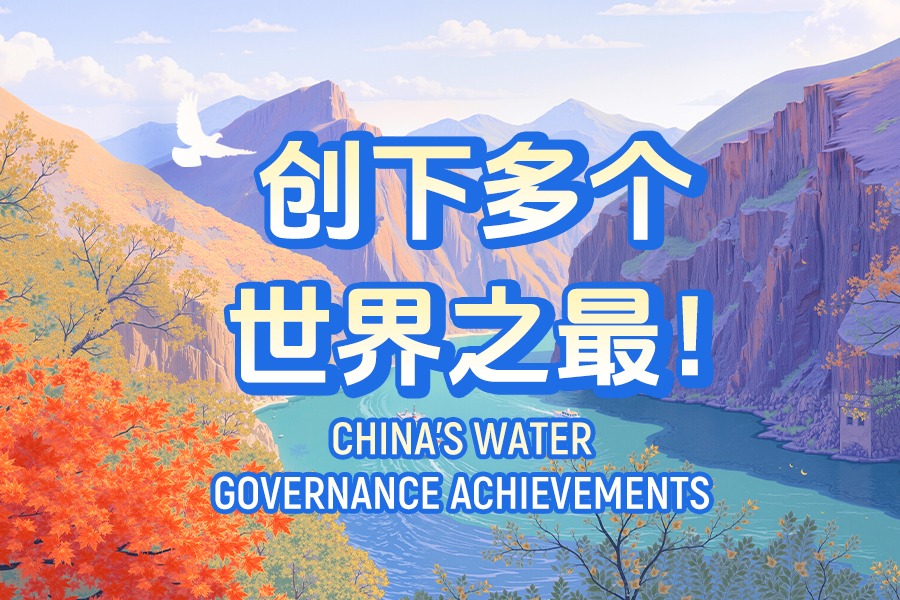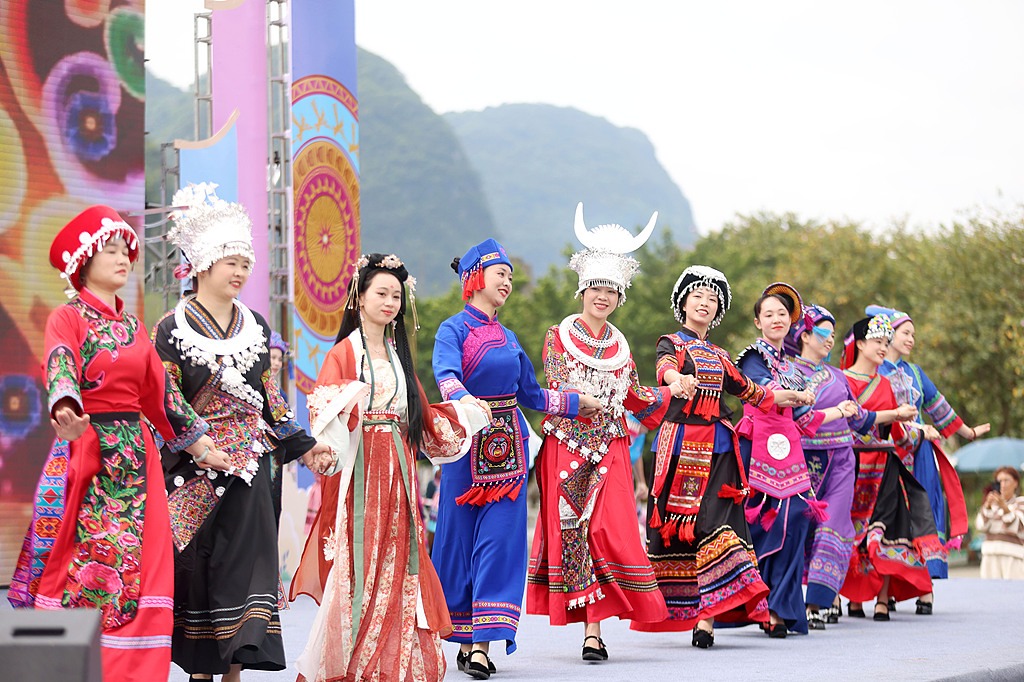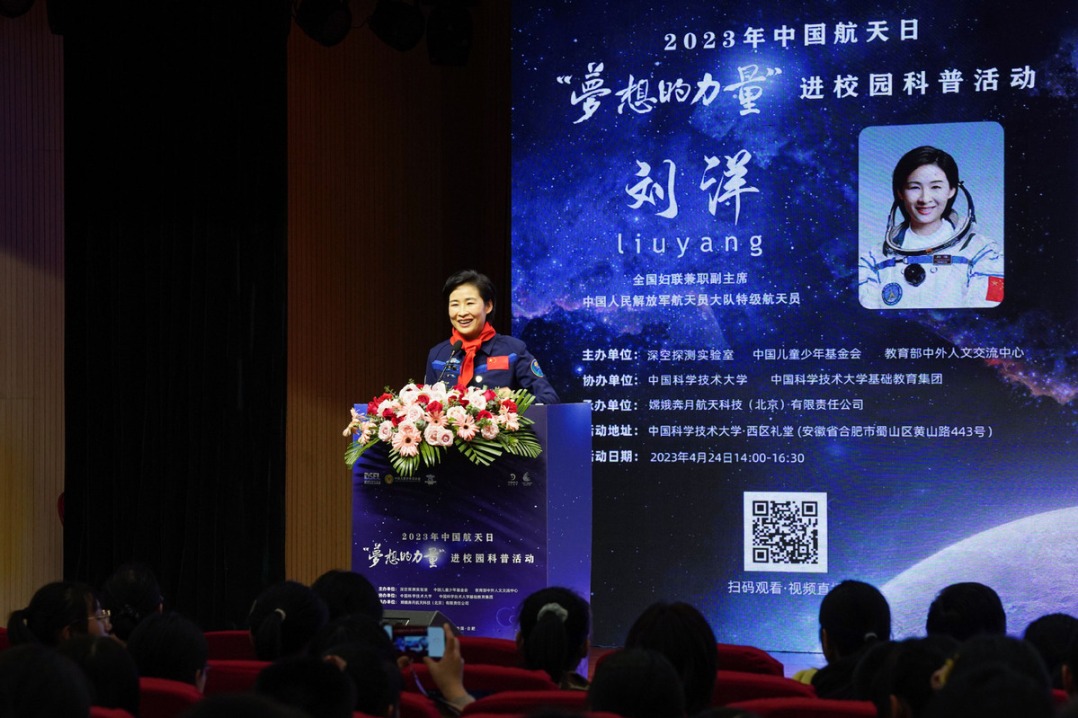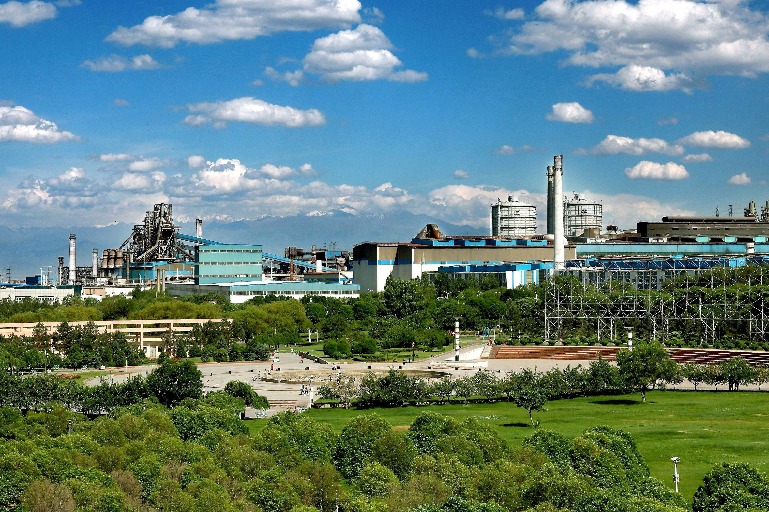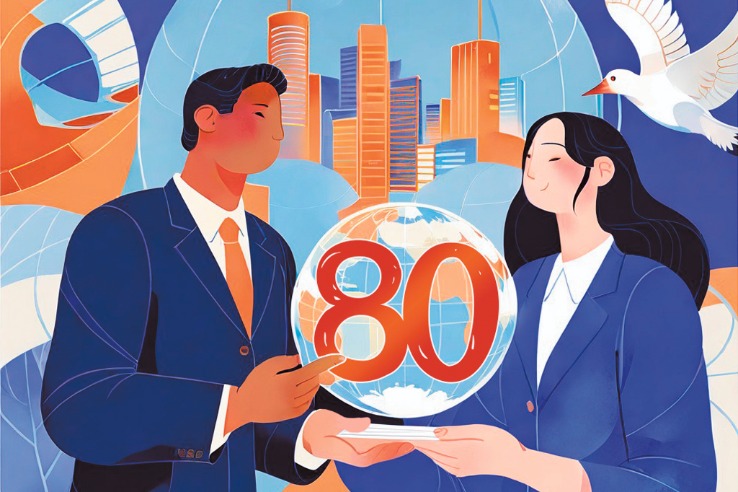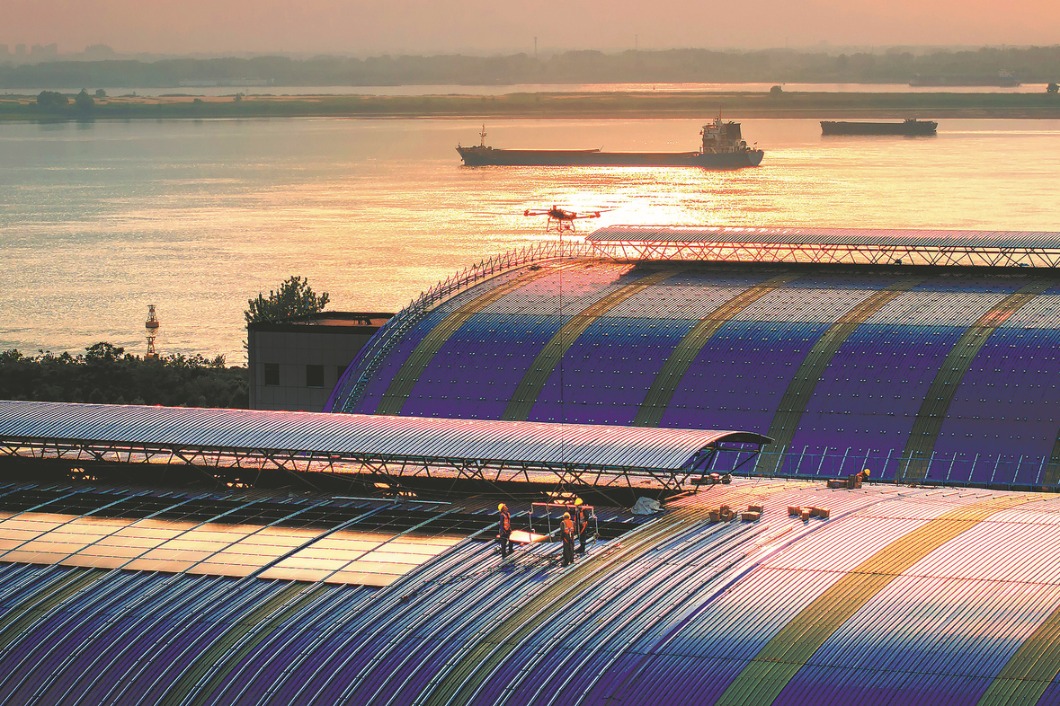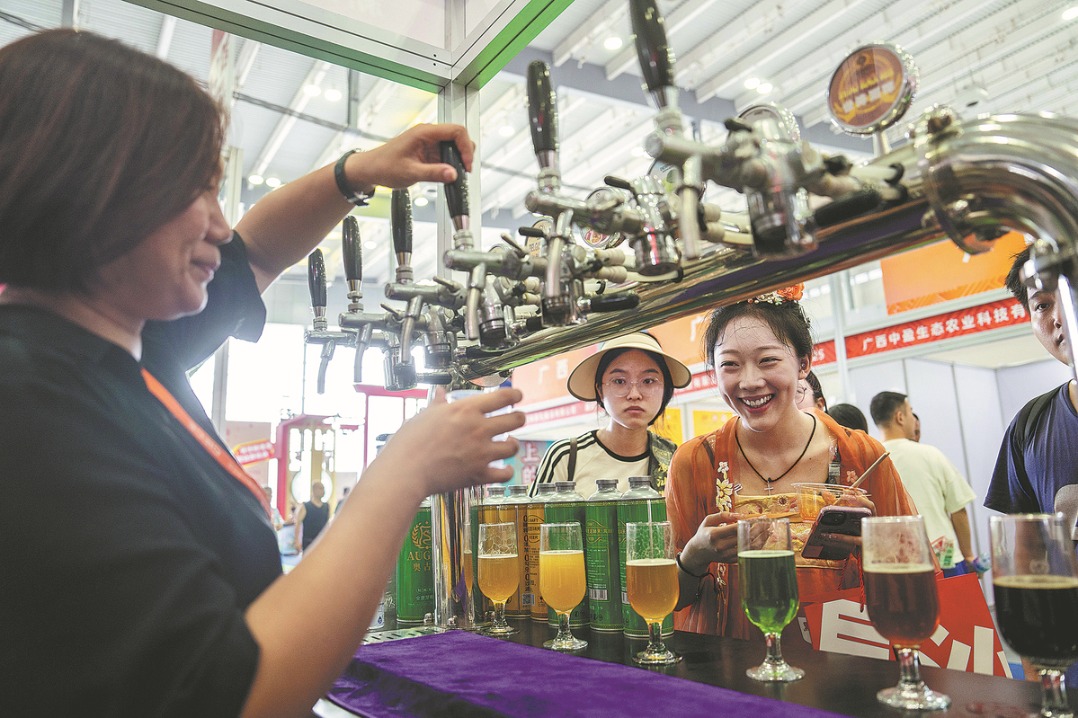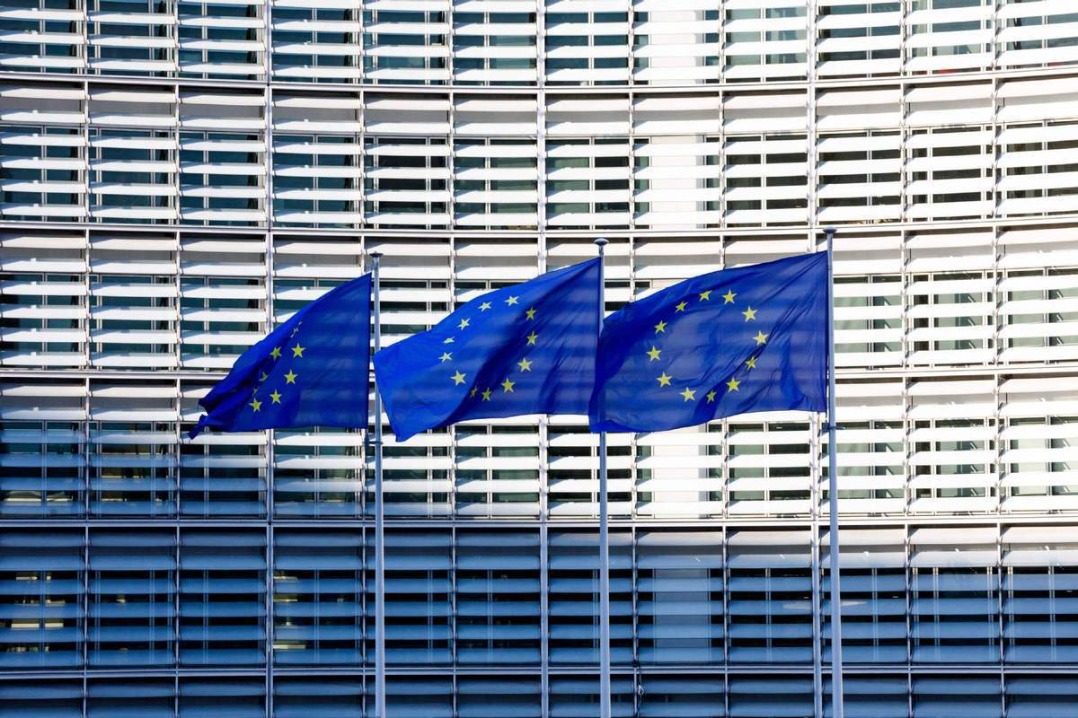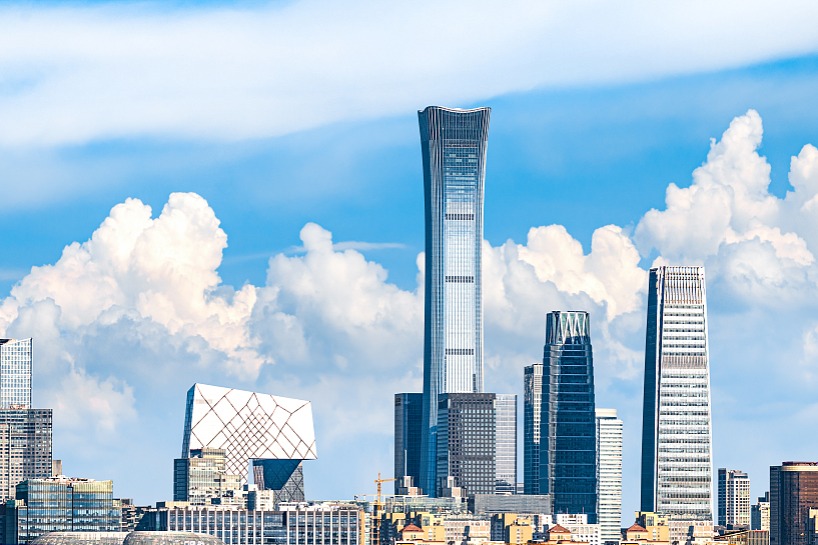Toward another strong decade
With more support from China, Belt and Road countries and the international system will be critical as countries aim to meet their development and climate goals


With more support from China, Belt and Road countries and the international system will be critical as countries aim to meet their development and climate goals
Despite many unforeseen odds against it, China can celebrate the 10th anniversary of the Belt and Road Initiative. The initiative has brought much-needed financing to the Global South, contributed to economic growth, and provided opportunities for Chinese companies to engage abroad and more.
Like any brand-new project of such a mammoth scale, there are also lessons to be learned from some of the initiative's experiences. Moving forward, if China and the Belt and Road countries can work to maximize benefits and minimize risks, the initiative will have an even more impressive second decade than the first.
The BRI is a major effort of South-South cooperation aimed at generating trade, investment and finance opportunities and integrating the partnering countries. At the Boston University Global Development Policy Center, we have been studying China's overseas engagement in general and the BRI, in particular, for several years. We generate data sets to track the trends in Chinese overseas economic engagement, analyze the determinants of that engagement and measure their impacts.
According to our China's Overseas Development Finance Database — which tracks flows from China's two development finance institutions, the Export-Import Bank of China and the China Development Bank — from 2008 to 2021, China alone provided financing at approximately the same magnitude as the World Bank, at $500 billion; at least $331 billion was provided after the BRI was announced in 2013.
Not only has the volume of Chinese finance been significant, even its composition has been important for supporting sustainable development. Chinese overseas finance has been concentrated in needed infrastructure and energy finance that had long been neglected by Western financiers. Not only has such financing filled important infrastructure gaps (and steered Western finance in the same direction), but Chinese finance has also been associated with robust economic growth.
More recently, as countries in the Global South have suffered economically from the COVID-19 pandemic, climate change shocks, the Ukraine crisis and aggressive interest rate hikes in the United States, China has provided much-needed liquidity and fiscal support to partner nations through currency swaps and fiscal support.
Concomitantly, the BRI has also been associated with risks to the global climate, to global biodiversity and the debt crisis facing an increasing number of developing countries across the world.
According to our research, Chinese-financed overseas coal plants emit upwards of 245 million metric tons of carbon dioxide annually, and this is associated with an erosion of natural capital and poses risks to indigenous lands.
While many in the West claim that Chinese finance is a form of debt-trap diplomacy, that has been disproven over and over again.
That said, China's loans are a significant portion of the debt stock and debt payments of the most distressed countries in the Global South. In terms of the external debt stock owed by the most debt-distressed countries, China holds 10 percent of that debt stock, behind private bondholders at 28 percent and multilateral development banks at 28 percent. In terms of external debt payments, 21 percent is owed to China over the next few years, with 32 percent to bondholders and 26 percent to MDBs.
If China and the Belt and Road countries work to maximize the benefits of new financing, energy and infrastructure projects and South-South cooperation and put policies in place to minimize climate and biodiversity risk and debt distress, the second decade of the initiative will be even better than the first.
There are signs that China is already moving in that direction with a noticeable shift to financing smaller and greener projects. China has also stopped financing new coal-fired power plants and is instead focusing on supporting low-carbon growth. China has also showed a willingness to suspend debt payments for some of the most distressed developing countries.
These are steps in the right direction. More ambition and support from China, the Belt and Road countries and the international system as a whole will be critical as countries aim to meet their development and climate goals during a crucial decade. It's time to celebrate a strong decade today and aim to surpass these important milestones in the next.
The author is the director of the Boston University Global Development Policy Center and a professor of Global Development Policy at the Boston University Frederick S. Pardee School of Global Studies. The author contributed this article to China Watch, a think tank powered by China Daily. The views do not necessarily reflect those of China Daily.
Contact the editor at editor@chinawatch.cn.

















